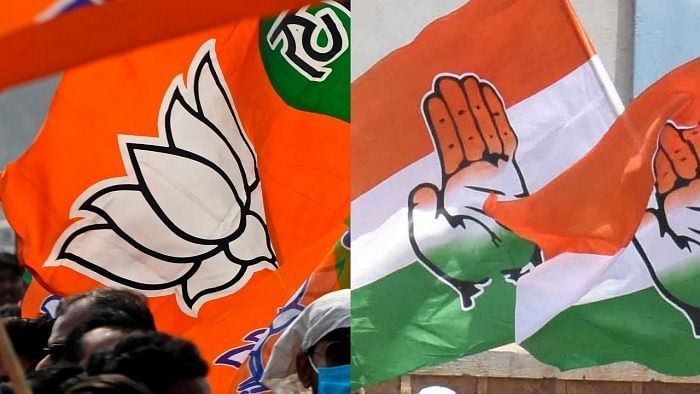
Himachal Pradesh has a long political history of voting out the incumbent government in the state. Every Assembly election in the northern state has been a tough contest between the Bharatiya Janata Party (BJP) and the Indian National Congress, with each party alternatively coming to power since 1985.
What is anti-incumbency?
Anti-incumbency is a sentiment in favour of voting out incumbent politicians. Periods of anti-incumbent sentiment are typically characterised by wave elections. This sentiment can also lead to support for term limits.
In a two-party system, anti-incumbent voters have only one party to vote for, when voting against the incumbent; in a multi-party system, public mood, i.e., the tendency of opinions held by voters over a set of related policy issues, can determine which parties receive the anti-incumbent vote.
How often has Himachal voted out the incumbent party?
Assembly elections in 1985 saw the Indian National Congress win 58 of the 68 seats while Bharatiya Janata Party won 7 seats, and Virbhadra Singh was appointed as the Chief Minister of Himachal Pradesh. The number of constituencies was set as 68 by the recommendation of the Delimitation Commission of India.
In the 1990 Assembly election, in a u-turn, the BJP won popular mandate bagging 46 seats while Congress won in 9 seats. Shanta Kumar was appointed as the CM. In another swing in 1993 elections, Congress won 52 seats and its leader, Virbhadra Singh was appointed as the Chief Minister for a second term. BJP won 8 seats.
Likewise, the Assembly election in 2003 saw Congress win 43 of the 68 seats while the BJP won 16 seats, and Virbhadra Singh was reappointed as the Chief Minister of Himachal Pradesh.
In 2007, the BJP seized the CM chair again with 41 seats, and Prem Kumar Dhumal was reappointed as the CM. Congress won 23 seats that year.
In 2012, Congress won 36 seats as well as the popular vote, putting Virbhadra Singh back on the top post. The BJP won 26 seats.
What happened in 1998?
In 1998, the Himachal Congress and the BJP won an equal number of seats (31 seats each of 68), but the saffron party managed to form the government by allying with the Himachal Vikas Congress, and Prem Kumar Dhumal was appointed as CM.
Can Himachal's anti-incumbency trend predict this year's Assembly elections?
In the last Assembly elections held in 2017, the BJP won 44 of the 68 seats while Congress bagged 21 seats. While BJP won a two-thirds majority, its Chief Ministerial candidate Prem Kumar Dhumal lost in the Sujanpur assembly segment. Eventually, the BJP made Jairam Thakur the CM who won from the Seraj constituency.
While the Congress is riding on the anti-incumbency factor, the BJP government in the state led by Thakur is eyeing a consecutive second term. In an interview with DH, Thakur said Himachal will vote for the same government this time. "I know it is easier said than done, but we will do it. When PM Modi recollects his time in Himachal, people feel connected. The Centre has not left us behind, and the state government has done good work. The Opposition does not have any prominent issues to corner us."
Counting of votes for the Himachal Pradesh Assembly Election is currently under way. Will the people vote out the incumbent party or will they break tradition? Only time will tell.